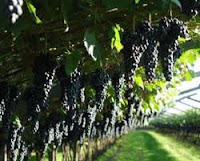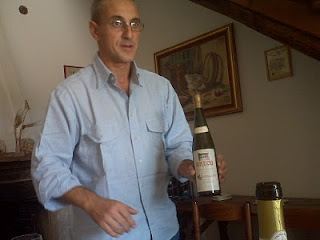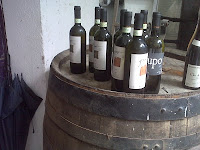*Adapted from Los Angeles Times
2 tablespoons butter
3 large apples peeled and cut into small chunks
¼ cup sugar
¼ teaspoon sea salt
In a large sauté pan melt the butter and add the apples cook for about one minute then add the sugar and salt, tossing it to coat the apples. Cook for another 5 minutes until apples are sweet and tender. Set aside to cool.
Cake
2 cups almond meal
1 cup whole-wheat flour
¾ cup all purpose flour
½ cup cornmeal
2 ¼ teaspoon baking powder
2 ½ teaspoon sea salt
2 cups of butter room temperature
2 ¼ cup sugar
8 eggs
2 tablespoos vanilla extract
Heat the over to 350° grease a bunt cake pan or a 10x3 inch round.
In a large bowl sift together the almond meal, whole-wheat flour, all purpose flour, cornmeal, baking powder and salt. Set aside
In a mixing bowl using a paddle mixer cut the room temperature butter into chunks and beat the butter until it is broken down add the sugar and beat until it is light and fluffy. Mix in the eggs one at a time making sure each one is well incorporated. Then add the vanilla.
Take the dry ingredients and add them to the butter mixture one spoonful at a time, be careful not to over mix.
Mix the cooked apples into the mixture
Bake the cake in the center of the oven until the top is golden and springs back to the touch and when inserting a toothpick it comes out clean. 60 to 90 minutes. If the top of the cake is browning to fast lightly place a piece of tinfoil on the top.
Remove the pan from the oven and let cool for 15 minutes before removing from the pan.
Enjoy!


























